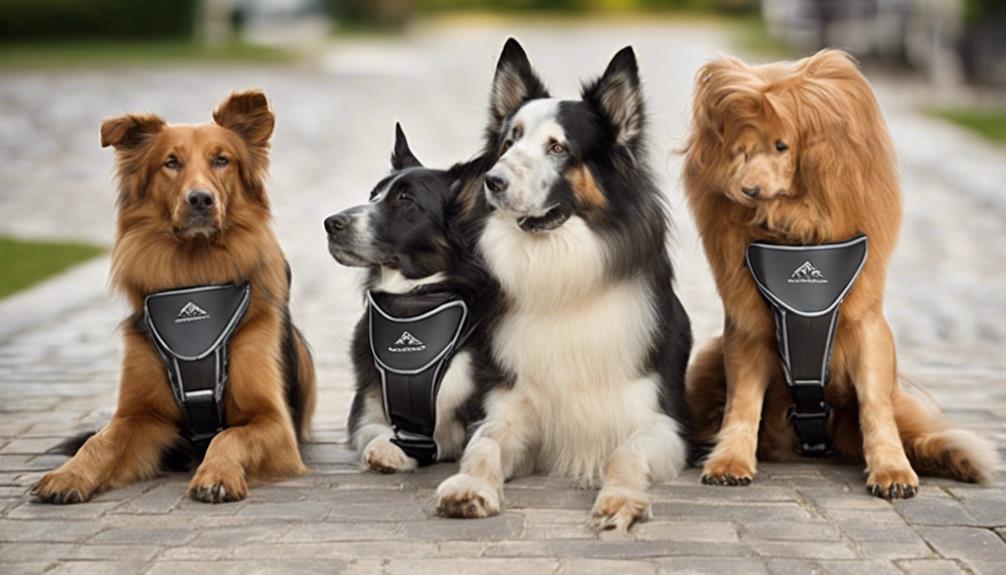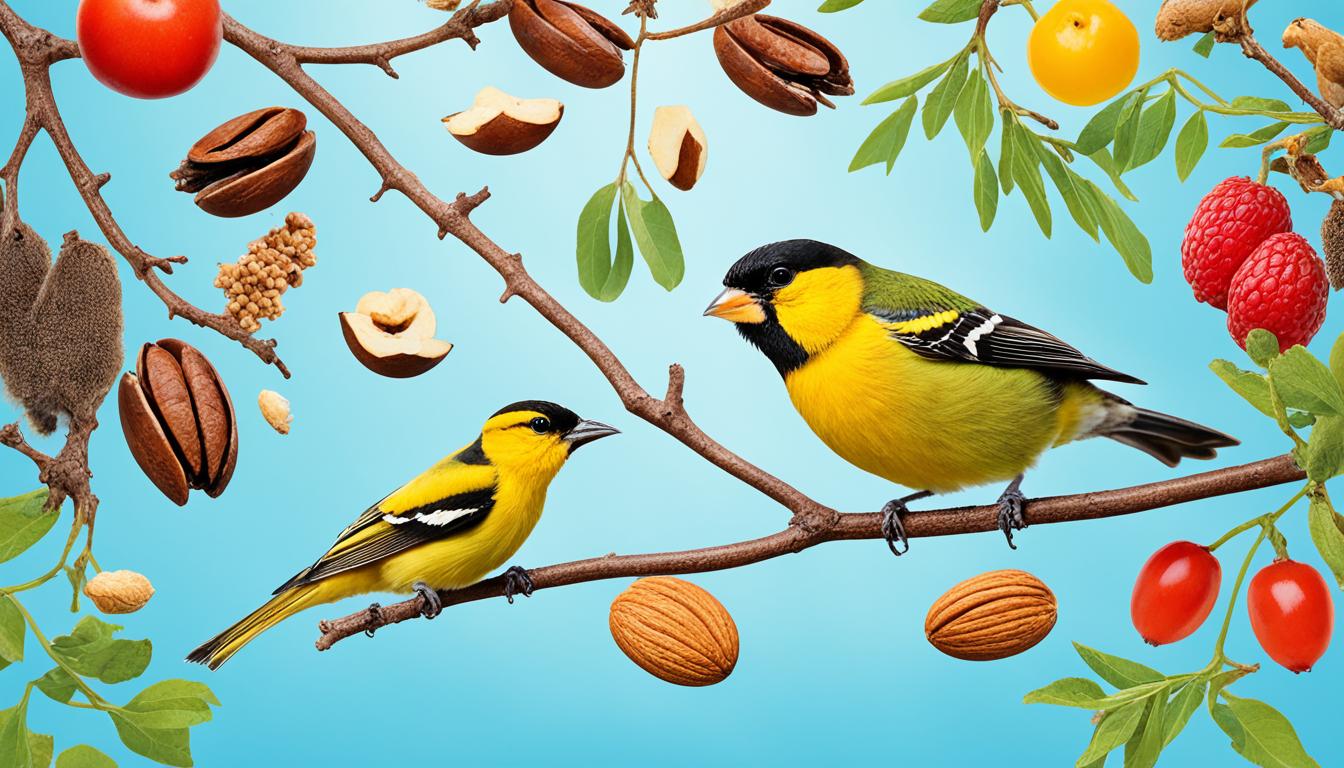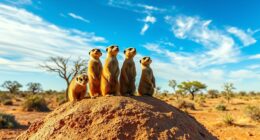There are many amazing animals out there that look just like squirrels! They not only have similar appearances, but they also behave in comparable ways. Explore the fascinating world of creatures that mimic squirrels in the article “9 Animals That Look Like Squirrels and Share Similar Habits.” Discover creatures with cheek pouches and a habit of hoarding food for later, offering a peek into the diverse range of animals that share traits with our squirrel buddies. Learn more about these incredible creatures and why they are so fascinating!
Key Takeaways:
- There are several animals that resemble squirrels in appearance and behavior.
- These animals possess cheek pouches for storing and transporting food.
- They also exhibit the instinct of hoarding food for later consumption.
- Exploring these resemblances enhances our understanding of evolutionary adaptations.
- Nature’s diversity is highlighted through these remarkable creatures.
Lodgepole Chipmunk – Resemblance to Squirrels and Hoarding Behavior
Lodgepole chipmunks are small rodents commonly found in North America. They have a compact body, striped patterns on their backs, and a long bushy tail, similar to squirrels. One notable similarity between lodgepole chipmunks and squirrels is their cheek pouches, which they use to carry and store food. These animals also exhibit the behavior of hoarding food for later consumption, gathering and storing nuts, seeds, and berries to sustain themselves during times of food scarcity. Their squirrel-like appearance and hoarding behavior make them an interesting animal to study in relation to squirrels.
| Physical Characteristics | Behavior | Habitat |
|---|---|---|
| Compact body | Cheek pouches for food storage | Forest areas in North America |
| Striped patterns on their backs | Hoarding food for later consumption | Tree nests and burrows |
| Long bushy tail | Gathering nuts, seeds, and berries | Prefer areas with ample vegetation |
Hoary Marmot – Similarities in Food Hoarding and Habitat
Hoary marmots are large rodents that inhabit mountainous regions in North America. While they are larger in size compared to squirrels, they share some similarities when it comes to food hoarding. Hoary marmots gather vegetation and create food caches near their burrows, similar to squirrels’ habit of hoarding nuts during winter. Additionally, both hoary marmots and squirrels prefer elevated habitats, with hoary marmots often seen basking in the sun on rocks or perched on higher ground for better visibility. These shared behaviors and habitat preferences make hoary marmots an interesting animal to explore in relation to squirrels.

“Just like squirrels, hoary marmots demonstrate a remarkable ability to locate and store food for future use.”
We are intrigued by the similarities between these two fascinating creatures and their resourceful survival strategies.
Marmots versus Squirrels: A Comparative Look
| Hoary Marmot | Squirrel |
|---|---|
| Larger in size | Smaller in size |
| Gathers vegetation | Gathers nuts and seeds |
| Creates food caches near burrows | Hoards nuts in tree holes or underground |
| Prefer mountainous habitats | Adapt to various habitats |
| Basks in the sun on rocks | Builds nests in tree branches |
Moles and Hamsters – Cheek Pouches and Food Storage
While moles and hamsters may not bear a close resemblance to squirrels in terms of their appearance, they do share some common traits. Both moles and squirrels possess cheek pouches that allow them to store and transport food.
Moles use their pouches to transport captured prey back to their underground tunnels, where they create storage chambers. Similarly, hamsters have expandable cheek pouches that enable them to carry large quantities of food and store them in their burrows or nests.
These shared characteristics of cheek pouches and food storage behaviors highlight interesting similarities between these animals and squirrels.
| Characteristics | Moles | Hamsters |
|---|---|---|
| Cheek Pouches | Present | Present |
| Food Storage | Stored in underground chambers | Stored in burrows or nests |
Conclusion – Wildlife Wonders Resembling Squirrels
In conclusion, we have discovered a fascinating array of animals that closely resemble squirrels and demonstrate similar behaviors. From the adorable lodgepole chipmunk with its squirrel-like appearance and hoarding behavior to the majestic hoary marmot that shares food hoarding tendencies and mountain habitat preferences, these creatures offer a glimpse into the diverse and captivating world of wildlife.
Even though moles and hamsters may not bear a strong physical resemblance to squirrels, they do exhibit common traits such as cheek pouches and food storage behaviors. This highlights the remarkable parallel evolution found in nature and the shared instincts of these remarkable animals.
Exploring the resemblances between these animals and squirrels not only deepens our understanding of their evolutionary adaptations but also showcases the incredible diversity of nature’s creations. These squirrel-like behaviors and characteristics we observe in various wildlife species remind us of the intricate web of life and the wonders that surround us.
FAQ
Are there any animals that resemble squirrels?
What is the Lodgepole Chipmunk?
Do Lodgepole Chipmunks exhibit hoarding behavior like squirrels?
Where can Hoary Marmots be found?
Do Hoary Marmots share any similarities with squirrels?
What are some common traits between moles, hamsters, and squirrels?
What does exploring these animals’ resemblances to squirrels reveal?
Are There Any Intriguing Animals That Resemble Squirrels?
There are indeed intriguing animals starting with i that resemble squirrels. The Indian giant squirrel, also known as the Malabar giant squirrel, bears a striking resemblance to its smaller counterpart. With its vibrant fur and impressive size, this fascinating creature is a sight to behold in the forests of India.










